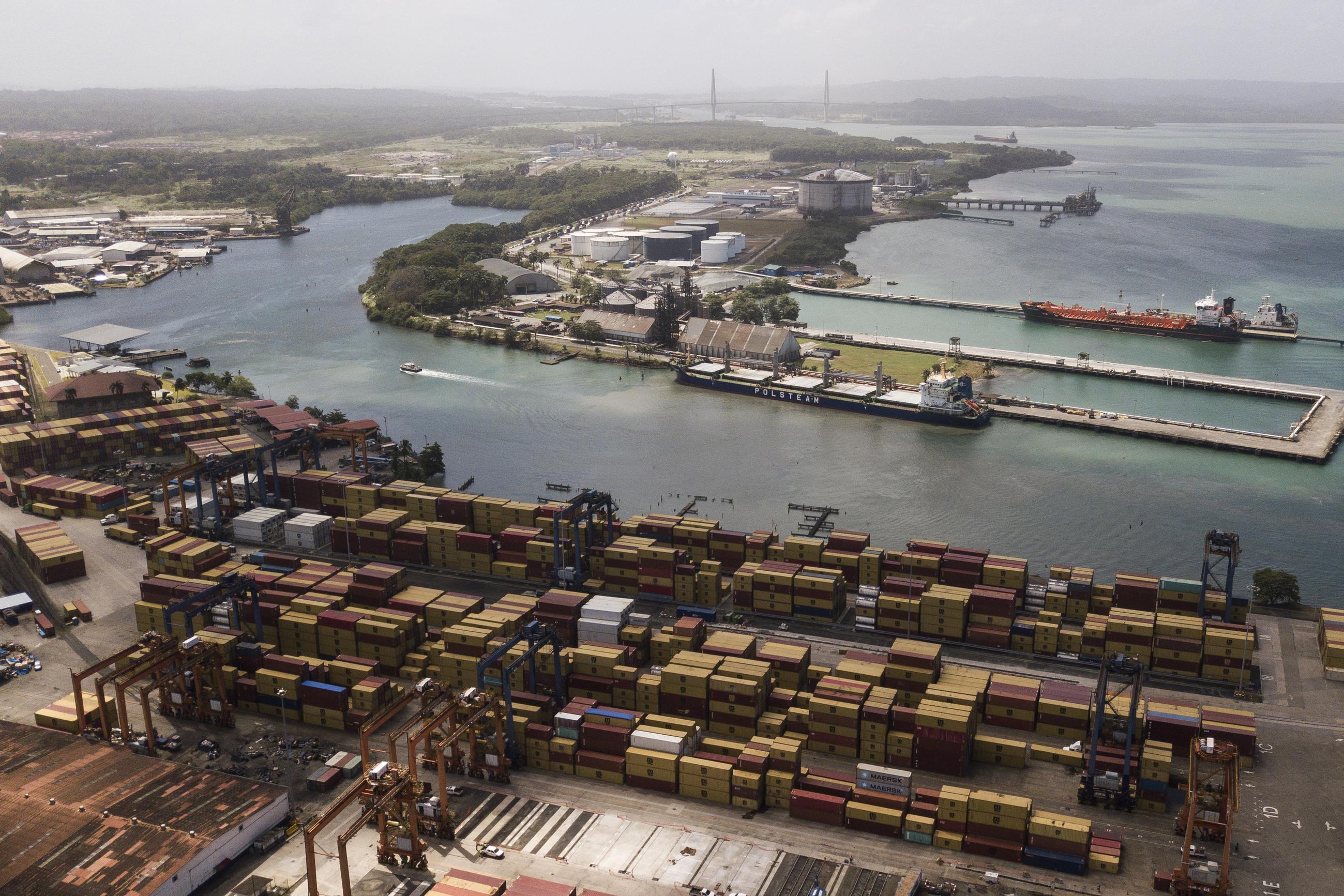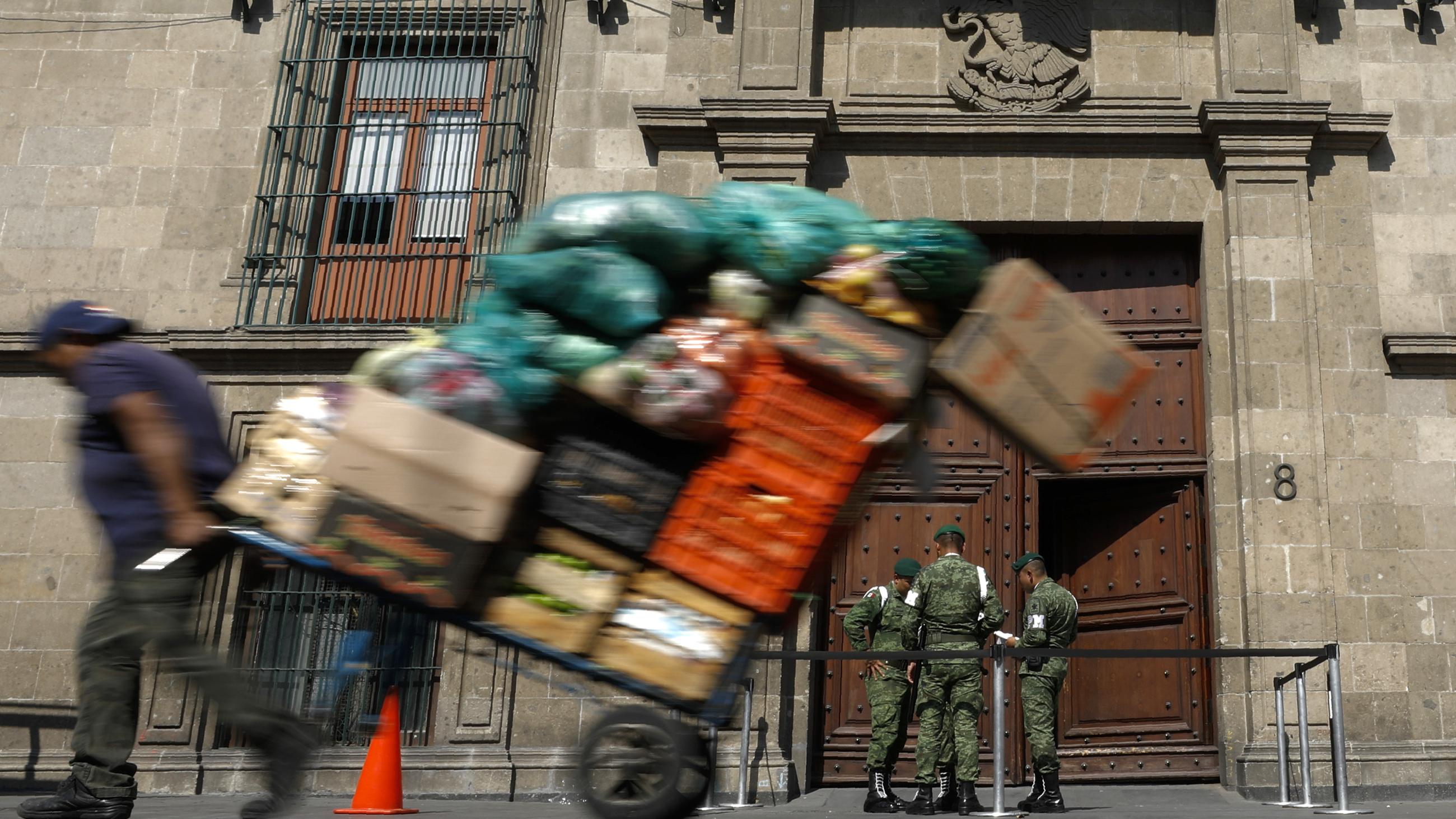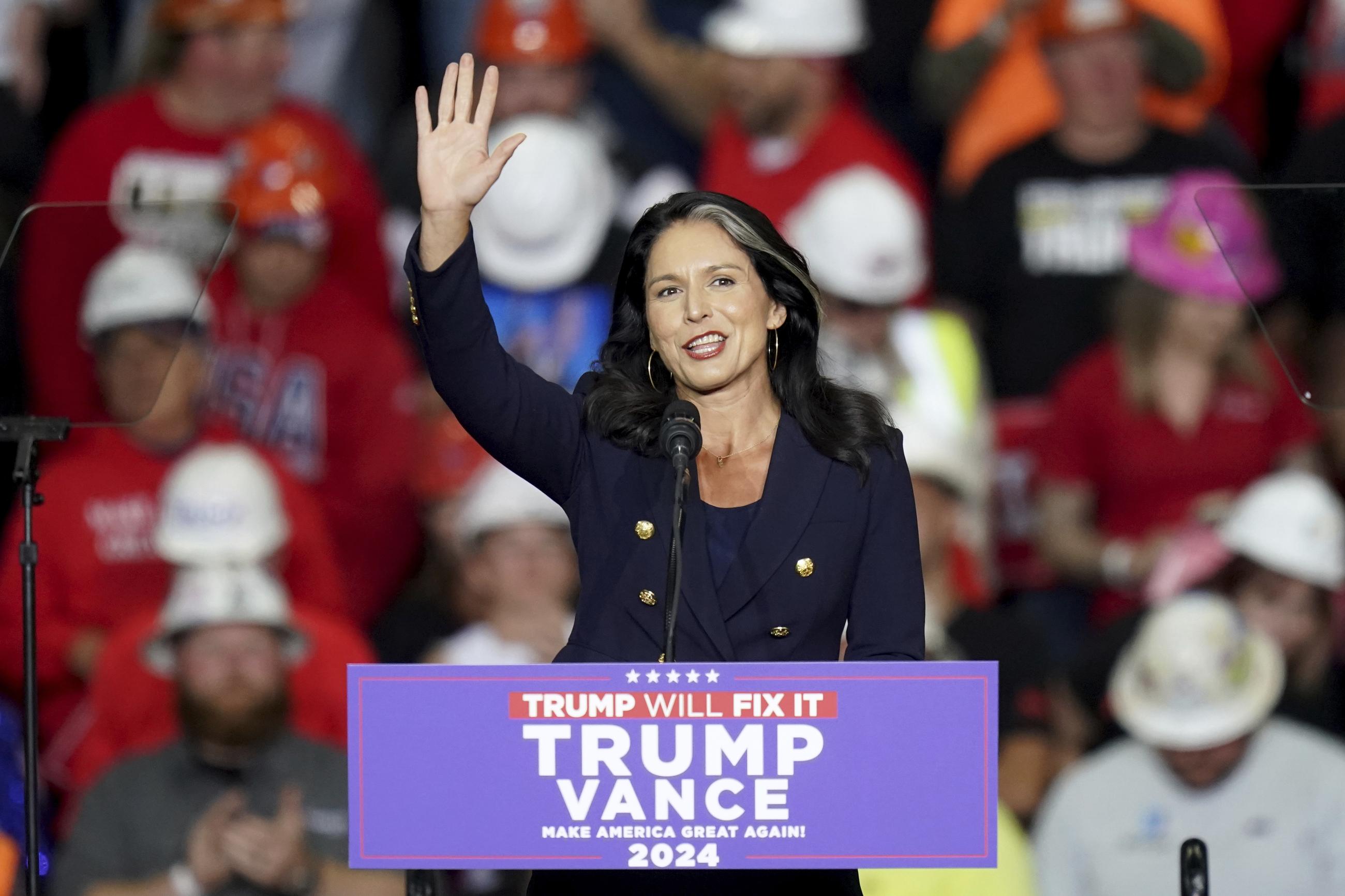When Donald Trump returned to the White House just a few weeks ago, he had one primary foreign-policy goal in mind: to compete effectively against China and prevent it from surpassing the United States economically and militarily.
Speaking at the Capitol during his inauguration, Trump argued that America must return to the mind-set of President William McKinley's era, including a belief that territorial expansion is vital for global dominance and economic growth. One of the 25th president’s primary accomplishments was constructing the Panama Canal, Trump said, arguing that the United States was “foolish” to cede control to Panama nearly a century later. He claimed that Panama’s government has since allowed China to gain a strategic foothold in the Western Hemisphere.
Less than two weeks later, Trump’s newly confirmed secretary of State, Marco Rubio, set off for his first trip abroad, and Panama was the first stop on his itinerary. Rubio met with the administrator of the Panama Canal and told Panamanian President José Raúl Mulino that Washington sees China’s presence in the region as violating the Panama Canal Treaty. Rubio threatened to take unspecified action if the situation did not change. Back in Washington, Trump argued the U.S. should completely retake the canal.
Over the last several weeks, the tensions between Washington and its ally Panama have mirrored diplomatic discussions with another U.S. ally across the Atlantic, Denmark. Trump contends that acquiring Greenland, an autonomous island officially part of Denmark, is vital to the security of the U.S. He has also suggested the U.S. buy Greenland outright, an offer that Copenhagen promptly shot down.
Trump’s controversial comments about Greenland and the Panama Canal have caused many observers to wonder if the world’s largest superpower is returning to an era of land grabs and territorial conquest. Experts note that Trump's desire to compete with China is at the heart of his aspirations for territorial expansion. By taking control of these two territories, Trump aims to prevent China from becoming the dominant player in crucial shipping routes and having access to key natural resources. Trump believes that leaning on alliances is not enough to compete with Beijing, they said. He wants to take over the territories entirely.
“Twenty years ago, people were talking about whether the 21st century was going to be a Chinese century or an American century,” said Mauricio Claver Carone, the State Department’s special envoy for Latin America. “The 21st century will also be an American century.”
There are real economic reasons why the U.S. wants to have a greater stake in Greenland and the Panama Canal. As climate change causes the ice in the Arctic to melt, a vast trove of minerals and other natural resources is slowly becoming available as key deposits become easier to extract from thawing land masses. According to some estimates, Arctic shipping has increased by around 37 percent over the past decade due to climate change.
Trump says he wants to ensure adversaries such as Russia and China do not have access to the waterways around Greenland and that the U.S. can access the island’s natural resources, such as rare earth minerals, uranium, copper, oil, and gas. China dominates rare earth mineral production and has periodically threatened to cut off exports to the United States. Trump views Greenland as a counterweight to China’s dominance in this market.
Still, experts note that Trump doesn’t need to control Greenland to benefit from its strategic location and natural resources. The U.S. already has nearly unrestricted access to the island. Moreover, some argue that seizing territory by force could create a dangerous precedent, allowing Moscow and Beijing to justify their territorial ambitions.
“There are excellent pathways for the U.S. to get exactly what it wants that furthers the American economic and security interests that have absolutely nothing to do with changing a map,” said Kristine Berzina, an expert in Arctic security at the German Marshall Fund. “And, in fact, by not changing a map, American security interests are improved because Russia and China would not see a green light to use military force to attain what they want in the world.”
The U.S. has maintained a military presence in Greenland since the Second World War. A 1951 treaty between the U.S. and Denmark officially established the U.S. military presence on the island. Today, the Pituffik Space Base hosts U.S. Navy and Coast Guard vessels. U.S. personnel already use the base to monitor Russian and Chinese activities in the Arctic. The base also has an early-warning system for ballistic missiles.
It would not be difficult for the U.S. to get permission from Denmark to expand its military capabilities in Greenland by establishing expanded airfields and ports for U.S. submarines and warships. Copenhagen has already expressed a willingness to engage in these conversations.
Moreover, Trump’s interest in Greenland has already sparked some changes in Danish defense policy. Successive U.S. administrations have pushed Denmark to invest more in Greenland’s defense. Trump’s desire to obtain Greenland has incentivized the government to bolster the island’s defense even more.
The Danish government recently announced it will increase its defense spending in the Arctic by around $2 billion. That investment will include the construction of three new Arctic ships and more long-range drones with advanced capabilities. This announcement follows a separate investment Denmark announced in December, pledging $1.5 billion for new patrol ships around Greenland, revamped runways for F-35 fighter jets, and increased drone surveillance.
Despite this, Trump has continued to advocate for Washington’s purchase of Greenland.
“Trump 2.0, unlike Trump 1.0, has now posited that part of the purpose of American policy should be to expand our territory,” said James Lindsay, a senior fellow at the Council on Foreign Relations. “The only compelling argument for annexation would be if you believe that it’s in America’s interest, as President Trump said in his inaugural address, to pursue a policy that expands our territory.”
Panama’s government has also shown a willingness to respond to the Trump administration’s concerns about China.
Today, the Panama Canal Authority, an agency of Panama’s government, technically operates the canal. However, the Hong Kong-based company Hutchison Ports operates the port’s two main terminals. Hutchison Ports is in charge of most logistics and infrastructure maintenance in these terminals, giving it wide-ranging influence over the canal’s commercial operations. That has led Trump and administration officials to claim China’s government controls the canal, through which around 40 percent of all U.S. shipping-container traffic passes.
The Trump administration has also expressed concern that China’s presence in the Panama Canal could give it a military advantage if a conflict between Washington and Beijing broke out. U.S. military personnel have publicly warned that Chinese investments in the canal could create strategic naval chokepoints during a conflict.
“U.S. military ships go through these chokepoints, and the Chinese are pretty aggressive in collecting intelligence on U.S. operations,” said Jon Alterman, a security expert at the Center for Strategic and International Studies.
Still, Panama’s government has immediately mobilized to assuage U.S. concerns. The United States is still Panama’s most significant trade and investment partner, and the government has said it wants to prioritize its relationship with the U.S. over its ties with China.
Panama’s government launched an investigation into Hutchison Ports and is auditing the 25-year license the company has to operate the port terminals. It offered Washington increased cooperation on issues like migration and drug trafficking and opened discussions about facilitating increased U.S. investment in the port terminals to offset Chinese involvement there. Mulino has also expressed a willingness to launch “technical-level” talks with Washington to address Trump’s concerns about Chinese control of the canal.
However, these overtures have not stopped tensions from mounting. On Thursday, after the Trump administration claimed that Panama had waived U.S. transit fees through the canal, Panama’s president issued a strongly worded statement calling the claims “a falsehood.”
Some experts warn that the Trump administration, eager to boost U.S. influence abroad, is failing to respect the sovereignty of its allies and risks damaging its long-term partnerships.
“It would be one thing if the people of Panama wanted to affiliate with the United States, wanted to determine their future as different from the status quo,” said Berzina at the German Marshall Fund. “That is very different from the question of wheeling and dealing with territory.”











